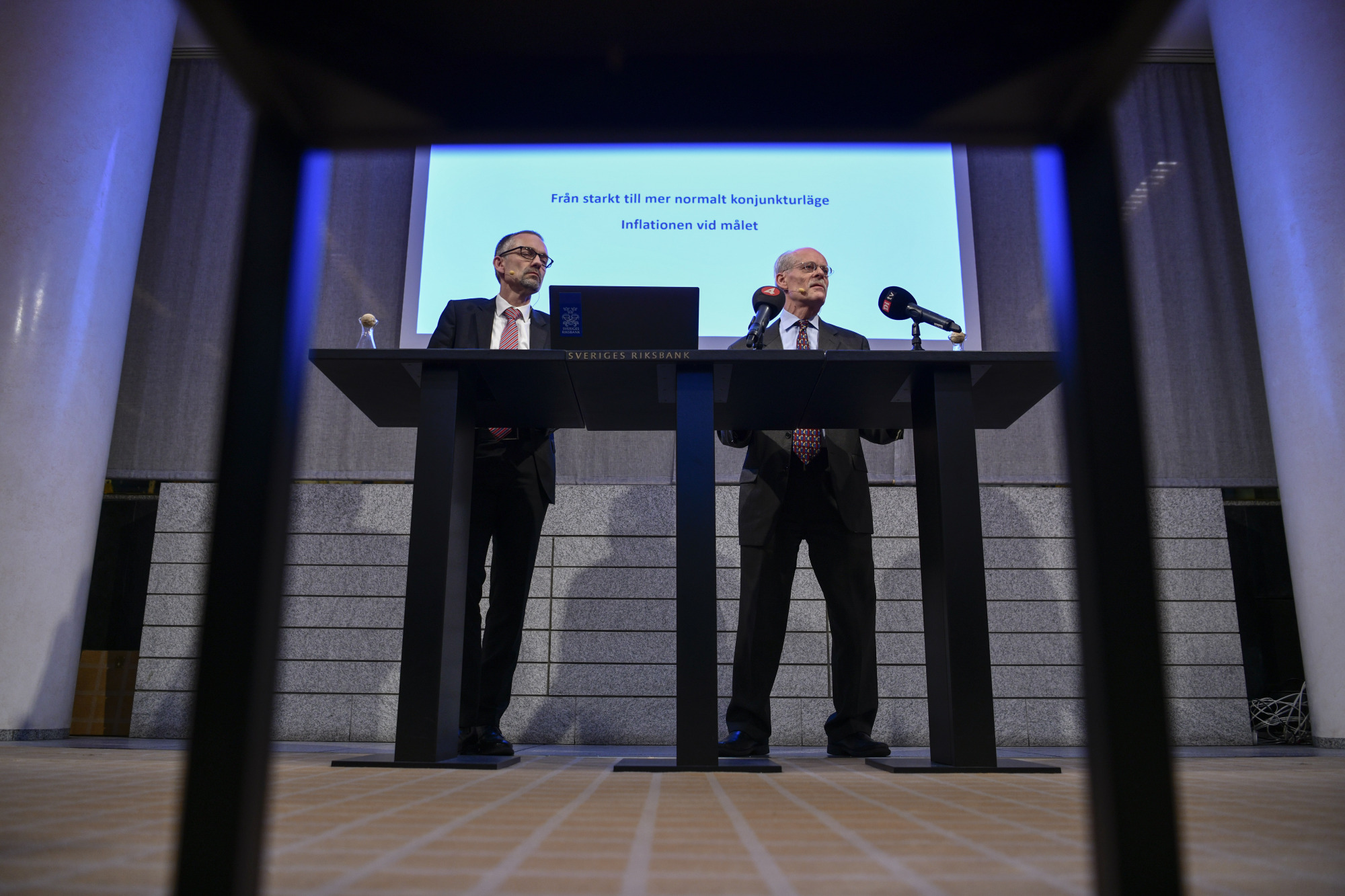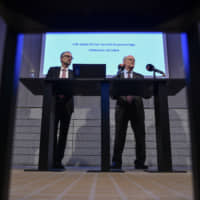Sweden's central bank ended five years of negative interest rates on Thursday when it raised benchmark borrowing costs by a quarter point to zero, defying an economic slowdown and global uncertainty.
The increase from minus 0.25 percent makes the Riksbank the first of the central banks that pushed rates below zero to inch its way back to what was long considered the floor for interest rates.
Rates are still negative in the eurozone, Japan, Denmark, Switzerland and Hungary. With the exception of Hungary, they are expected to remain so for some time to come.
Riksbank Governor Stefan Ingves said negative rates had worked well, boosting inflation and the economy.
"But it is a completely different question what would happen in an economy if you had negative rates for a very long period," he told reporters.
Negative rates have boosted real estate prices, and households and corporations have taken on more and more debt, threatening a financial meltdown if there is an unexpected shock. Pension funds and insurers have to take greater risks to meet their liabilities.
Cheap loans have also kept alive "zombie" firms, which otherwise would have gone to the wall, reducing overall productivity in the economy.
Some critics doubt negative rates should be used at all, arguing that they have failed to push up inflation in the eurozone or Japan sustainably and that they create more problems than they solve. Others, like Switzerland's central bank, say that they are an essential policy tool.
All but one analyst in a Reuters poll had forecast a rate increase.
Deputy governors Per Jansson and Anna Breman — the latter in her first rate-setting meeting — entered reservations against the decision. Both wanted the central bank to wait before raising.
The central bank repeated that it expected the repo rate would remain unchanged through 2021.



















With your current subscription plan you can comment on stories. However, before writing your first comment, please create a display name in the Profile section of your subscriber account page.